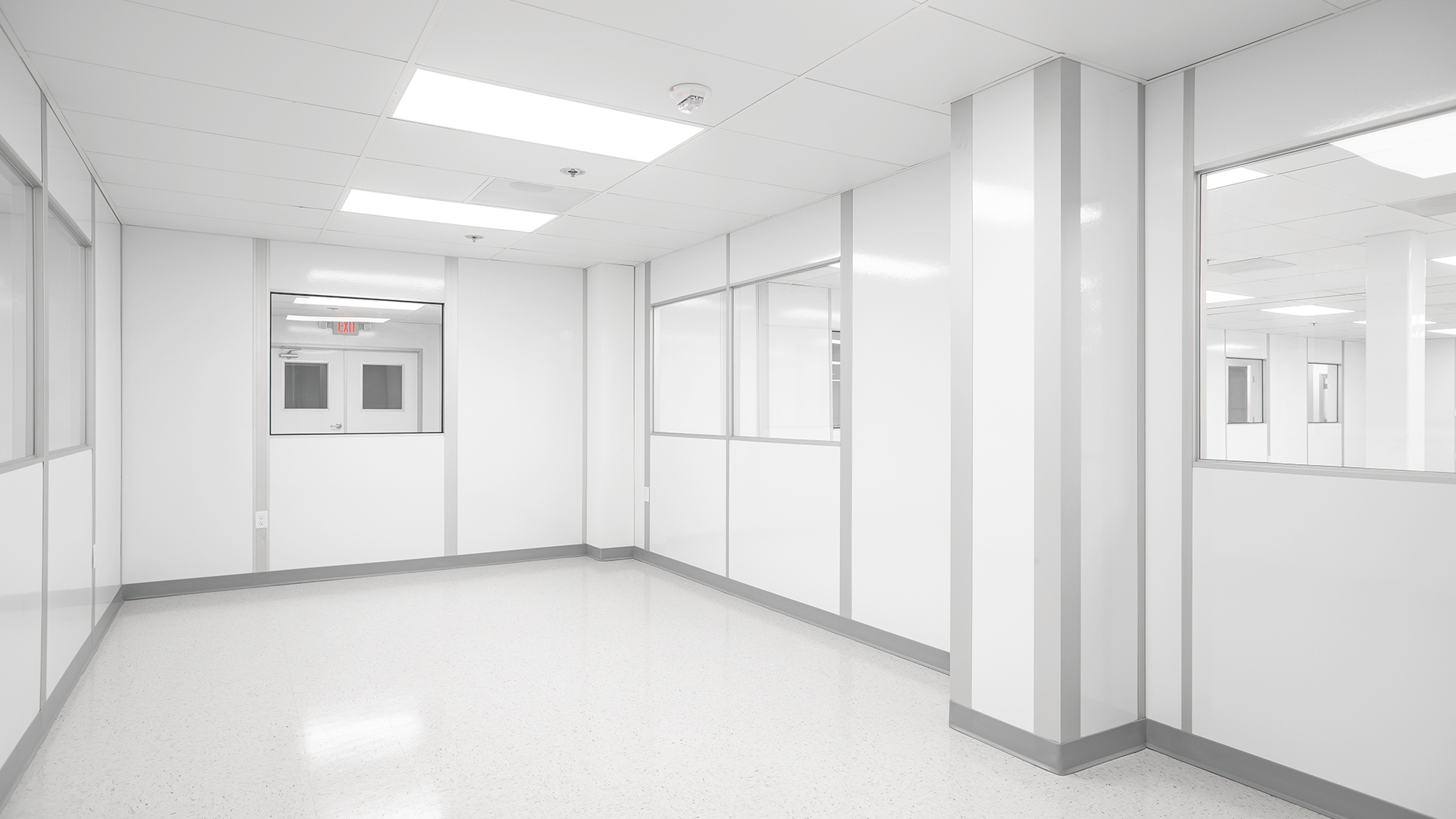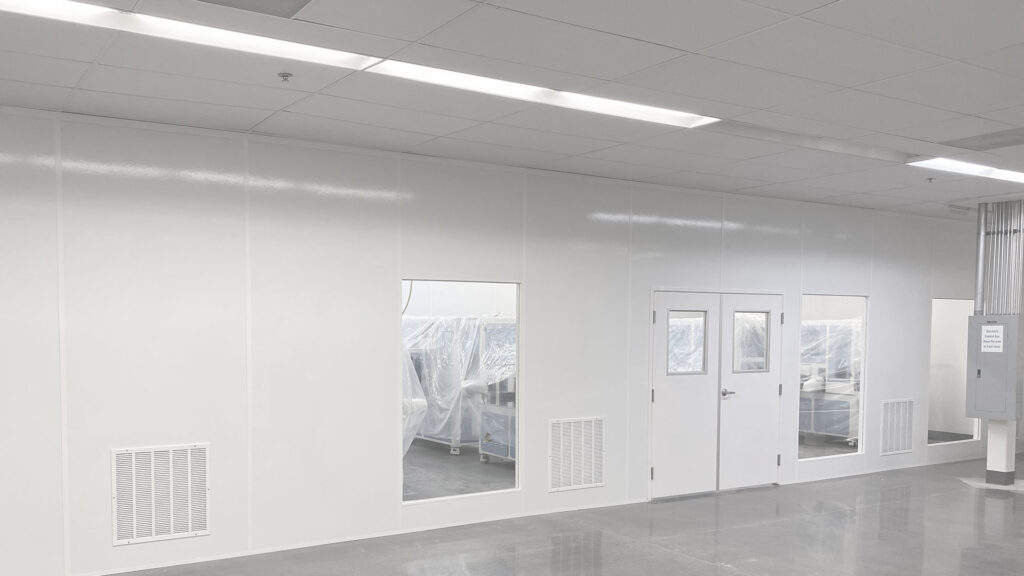
16 Aug Cleanroom Technology: A Short Summary of Technology
Cleanrooms are a necessity in modern manufacturing, and companies have been using them for years now. Cleanrooms help keep products safe from contamination and make sure that they’re able to run smoothly without any interruptions—which is why it’s important to understand how cleanrooms work and what they do.
A cleanroom or clean room is a facility ordinarily utilized as a part of specialized industrial production or scientific research, including the manufacture of pharmaceutical items and microprocessors. Cleanrooms are designed to maintain extremely low levels of particulates, such as dust, airborne organisms, or vaporized particles. Cleanrooms typically have a cleanliness level quantified by the number of particles per cubic meter at a predetermined molecule measure.

A cleanroom or clean room is a facility ordinarily utilized as a part of specialized industrial production or scientific research, including the manufacture of pharmaceutical items and microprocessors. Cleanrooms are designed to maintain extremely low levels of particulates, such as dust, airborne organisms, or vaporized particles. Cleanrooms typically have a cleanliness level quantified by the number of particles per cubic meter at a predetermined molecule measure.
Cleanrooms may be classified according to the level of contamination they can tolerate:
● Class 100 = 10 CFU/m3
● Class 1000 (1 kPa) = 0.001 CFU/m3
● Class 10000 (10 kPa) = 0.0001 CFU/m3
The ambient outside air in a typical urban environment contains 35,000,000 particles for each cubic meter in the size range 0.5 µm and bigger in measurement, equivalent to an ISO 9 cleanroom, while by comparison an ISO 1 cleanroom permits no particles in that size range and just 12 particles for each cubic meter of 0.3 µm and smaller.
To keep things simple, let’s start with the basics: cleanrooms. They’re designed to be ultra-clean environments that are safe for sensitive equipment, like silicon wafers or microchips.
Cleanrooms have specific air quality requirements that are measured by particle count, or how many particles can be found per cubic meter of air. The more particles there are in the room’s air, the less it qualifies as a cleanroom and the more likely your product will be damaged.
The number of particles in your work environment depends on several factors: what you’re doing (e.g., printing), what type of printer you’re using (e.g., inkjet or laser), and where you live (e.g., San Francisco). In general terms though, these numbers can tell you how much extra protection your print job needs when it comes down to picking an ISO rating for your next project:
Increasing modern technology relies on a specific level of air cleanliness within production areas, including procedures incorporating oil mists from metalworking exercises and synthetic vapors from electronic manufacturing operations. These activities produce airborne particles which can cause harm to delicate devices. The particulate contamination level is kept down to a specific limit based on the manufacturing equipment running in a specific area. At these limits, these processes produce manufactured products which meet their primary specifications and prevent product yield losses and equipment damage caused by particle contamination.
Cleanrooms are used for sensitive production processes. The cleanliness level of a cleanroom is measured in particles per cubic meter (p/m3), and it should be kept below a certain limit to ensure the quality of products being manufactured in that space. If there are too many particles present, your sensitive devices will not work properly or may even be damaged by those particles. The levels of particulate contamination are classified as follows:
ISO 1: Less than one particle per cubic foot (0.03 p/m3)
ISO 2: Less than 10 particles per cubic foot (0.03 p/m3)
ISO 3: Less than 100 particles per cubic foot (0.03 p/m3)
Conclusion
In conclusion, cleanroom technology is a process used in the manufacturing industry. The purpose is to keep the environment free from contaminants so that products can be produced with high quality and safety standards. Cleanrooms are designed to maintain extremely low levels of particulates such as dust, airborne organisms or vaporized particles. Cleanrooms typically have a cleanliness level quantified by the number of particles per cubic meter at a predetermined molecule measure

